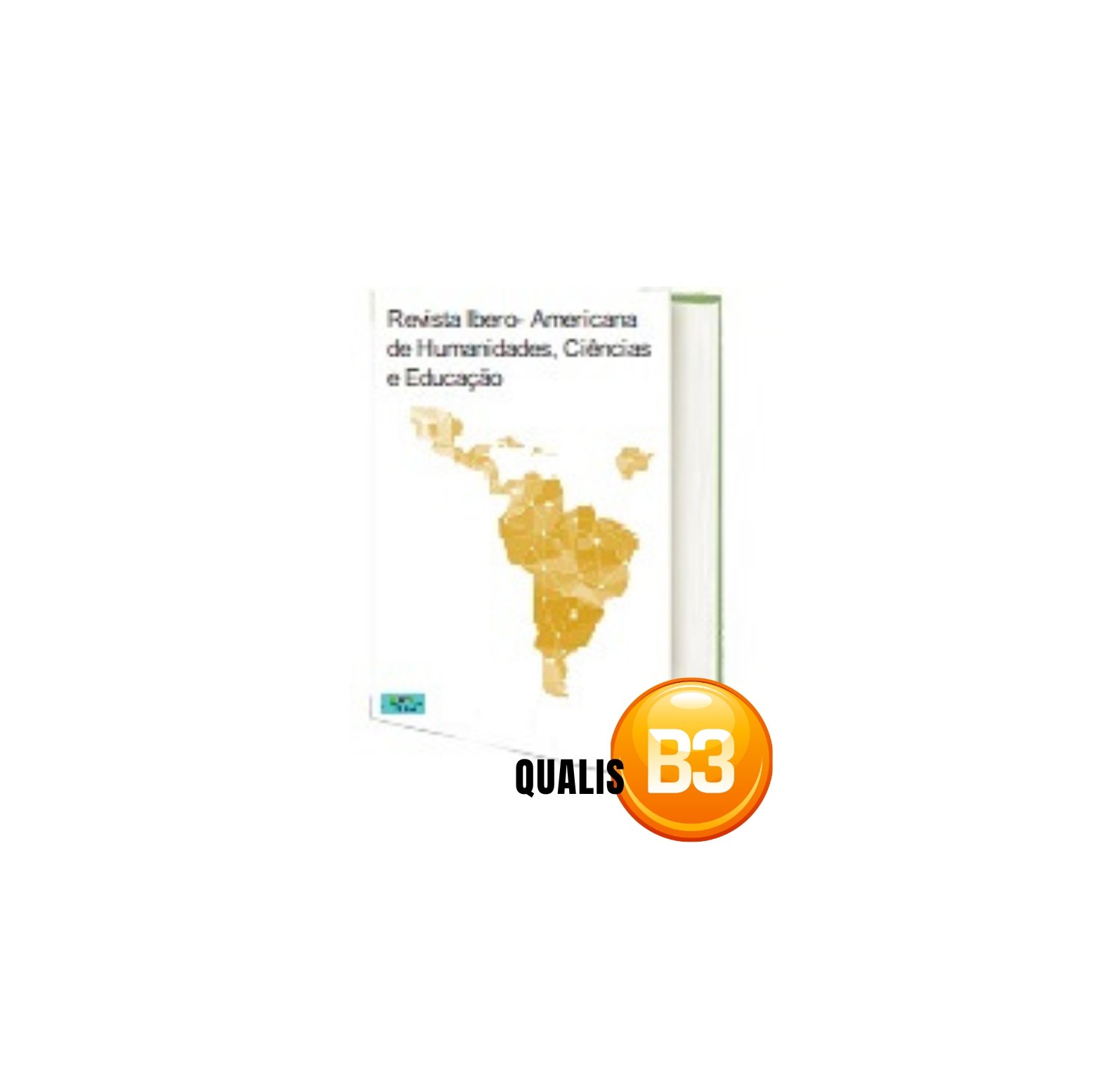OCCURRENCE OF PREVALENCE OF MALARIA IN THE MUNICIPALITIES OF CELA
DOI:
https://doi.org/10.51891/rease.v9i2.8601Keywords:
Malaria. Patient. Cell. Neighbourhood. Disease.Abstract
This article was aimed at identifying cases of malaria among the patients admitted to the General Hospital of Cela, since this disease is the leading cause of death among children under 5 years of age and pregnant women in Angola. The research occurred in the months of May to October of year 2019-2020, in the General Hospital situated in the commune of Kissanga Kungo, municipality of Cela, Kwanza Sul Province in Angola, following a methodology of the application of the questionnaire of frequency of signs and symptoms (QFADSS), and evaluation of the state of the patient with a sample of 50 patients, where it was identified that the age groups most affected with malaria in the General Hospital of Cela is from 0 to 10 years, as it represents 36%±27.0, and the ages between 11 to 30 years presented 20% ± 15.0 cases each and as the age advances the number of cases of malaria found in the General Hospital became decreasing. However, most of the cases came from the neighbourhoods Tunga, which presented the highest number of cases with a percentage of 18%±13.5, Kissanga Kungo with 12%±9.0, Bairro 5 with 8%±6.0, Cassosso, Aldeia, Pecuaria all presented 6%±4.5, Cambamgo and Bairro campo both with 4%±3.0. Data were subjected to analysis of variance (ANOVA), with estimates of means by least squares to correct for the effect of averages, and differences between means were determined by Tukey's test, where NS P > 0.05 is non-significant; P ≤ 0.05 is significant; P ≤ 0.01 is highly significant and P ≤ 0.001 highly significant.
Downloads
Downloads
Published
How to Cite
Issue
Section
Categories
License
Atribuição CC BY

